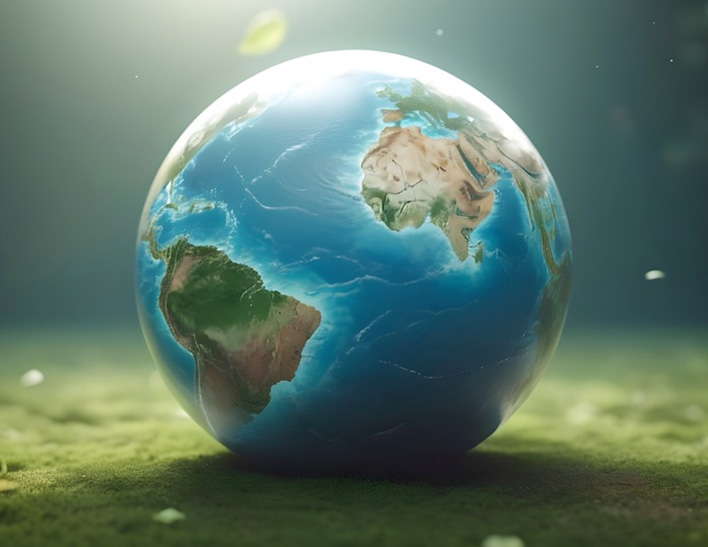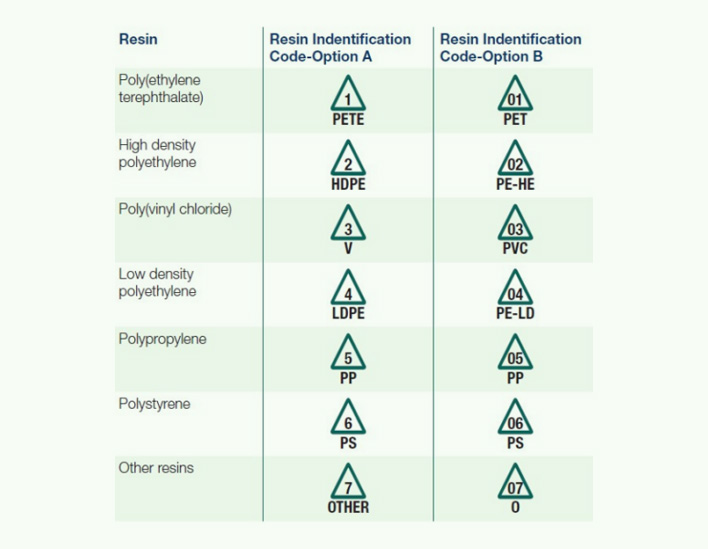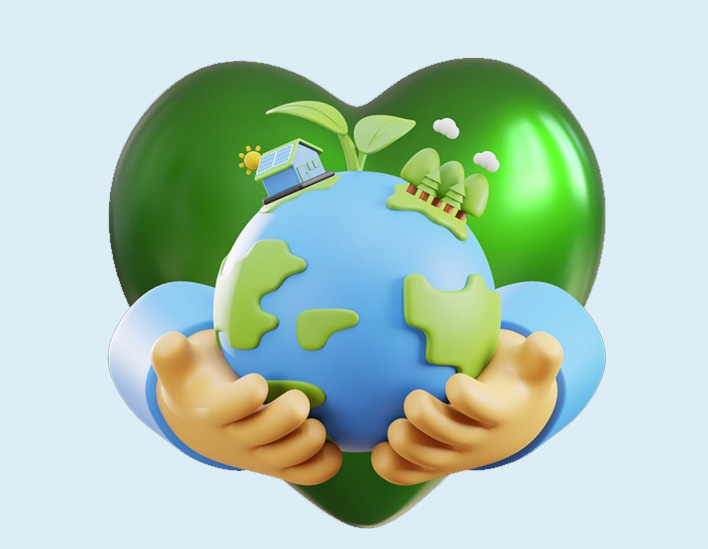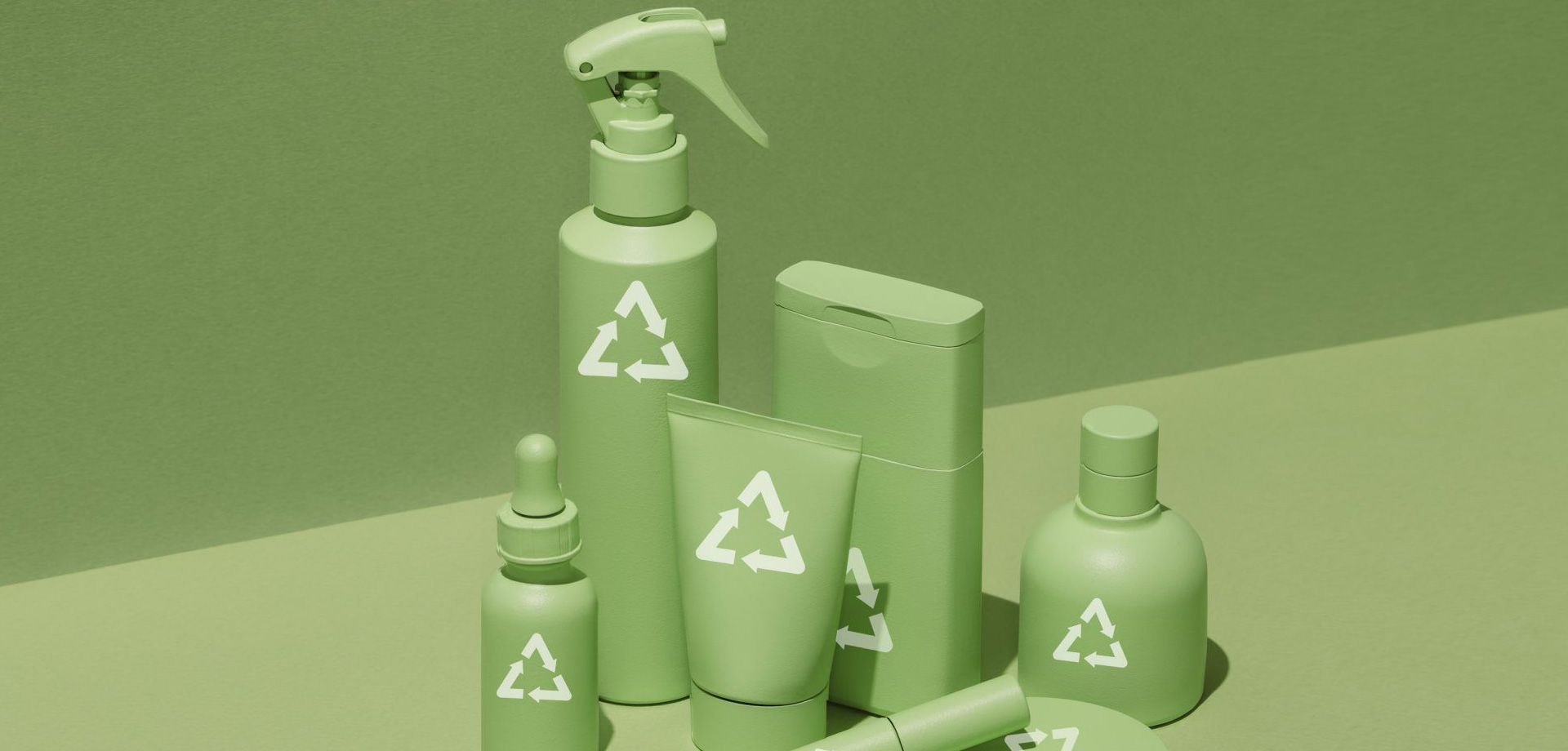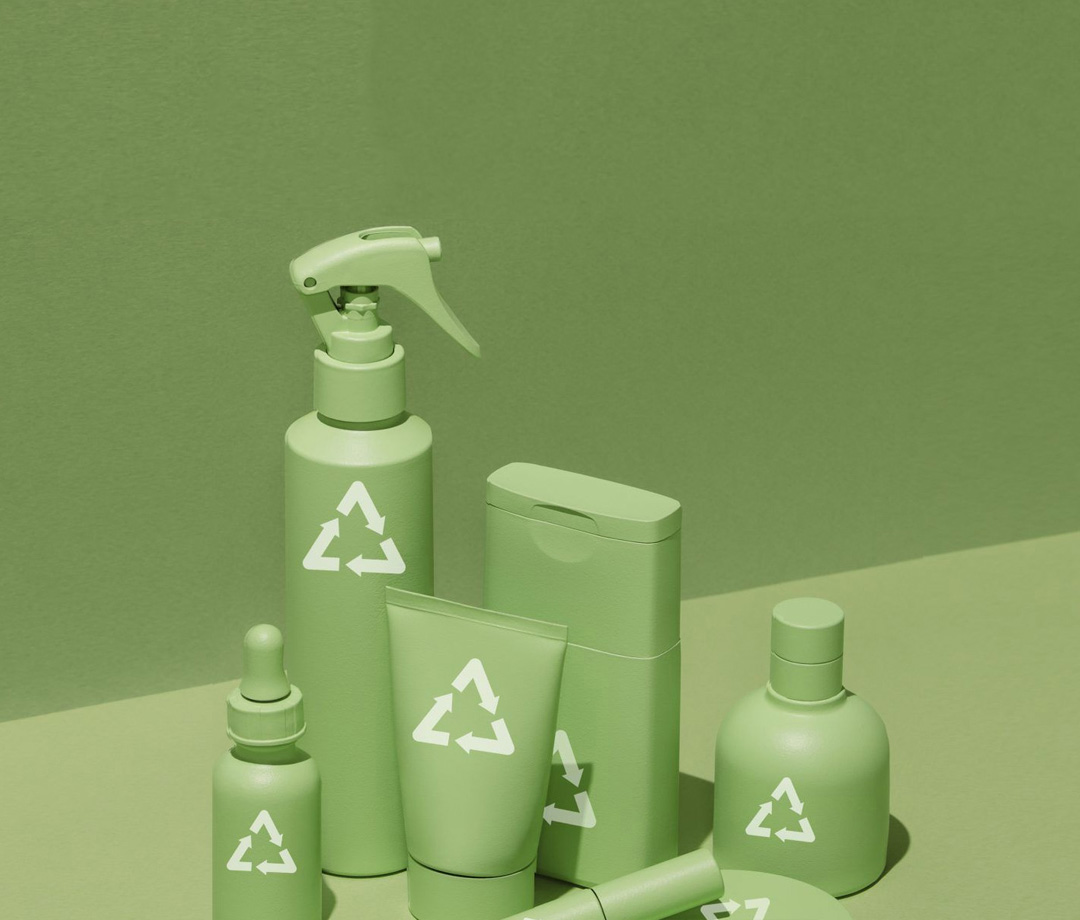A VITAL ELEMENT IN CREATING A CLOSED LOOP FOR SUSTAINABLE PLASTICS-RECYCLABLE
Plastic recycling is the processing of plastic waste into other products. Recycling can reduce dependence on landfill, conserve resources and protect the environment from plastic pollution and greenhouse gas emissions. In feedstock recycling, waste plastic is converted into its starting chemicals, which can then become fresh plastic.
Innovation and investment are key in finding better ways to reduce waste and improve recycling efficiency every step of the way. Improvements in collection and sorting, coupled with new ways to recycle complex plastics, help to retain the value of plastic through its lifecycle.
Benefits of Recycling
①Environment
Recycling provides many benefits to our environment. By recycling our materials, we create a healthier planet for ourselves and future generations.
②Community
Across the country, waste management facilities are concentrated in underserved communities, and they can have negative impacts on human health, property values, aesthetic and recreation values, and land productivity. Recycling provides these areas with a healthier and more sustainable alternative.
What do the symbols mean on the
bottom of plastic bottles and
containers?
These symbols were created to identify the type of plastic used to make the container. This can help you determine whether the item is recyclable by your local program. The resin number is contained in a triangle that looks very similar to the recycling symbol. However, this symbol does not necessarily mean it can be collected for recycling in your community.
Challenges to Recycling System
While the benefits of recycling are clear, the current system still faces many challenges.
Many people are confused about what items can be recycled, where they can be recycled and how. This often leads to recyclables going in the trash or trash going in the recycling bin.
Some recycling infrastructure has not kept pace with today's waste stream. Communication between the manufacturers of new materials and products and the recycling industry needs to be improved to prepare for and optimally manage the recycling of new materials.


